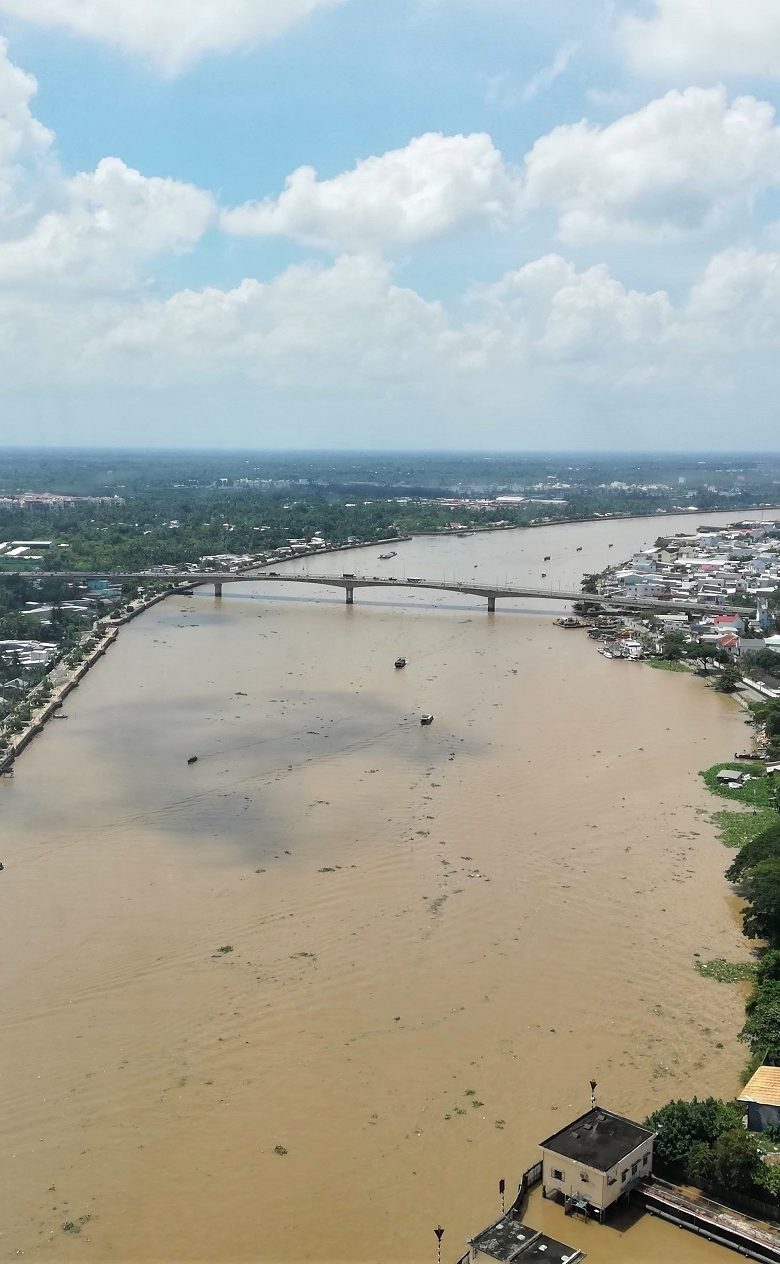Land subsidence
Land subsidence is causing more and more damage every year. It scarcely registers on the radar of many countries. Even so, the impact on coastal cities and peat areas is increasingly apparent. Levels of flood damage are rising and the risk of casualties is following. Land subsidence can also lead to major economic losses such as structural damage and high maintenance costs for roads, railways, dikes, pipelines and buildings. The total bill worldwide mounts up to many billions of dollars annually. It can only rise further in the future with population growth and the intensification of economic activities in delta areas.

Land subsidence in mega-cities
Groundwater extraction in connection with urbanisation and population growth is the main cause of severe land subsidence in mega-cities like Jakarta , Ho Chi Minh City, Bangkok, and in numerous other coastal agglomerations. Furthermore, coastal cities often suffer from more severe, natural, falling land levels because they are built on soft soils like clay and peat.
Deltares has the knowledge and expertise to provide government authorities with an insight into the consequences of the problem. By mapping out the subsurface, monitoring and applying our numerical models, we establish a picture of the policy options and allow alternatives to be considered. In addition, Deltares is developing innovative techniques to restrict settlement in soft soils such as the new design rules for piled embankments.
Vulnerable peat areas
People increasingly live and work in peat areas. This leads to land subsidence, flooding and the production of greenhouse gases. The problems are caused by the fact that the organic material shrinks, sometimes because of heavy traffic loads, but also when the water table is kept low artificially. The peat oxidises and shrinks.
After a while, these areas can no longer be used. And raising the level of the groundwater is often a challenge because of the economic and political interests involved. Deltares is working on the development of a worldwide scientific basis for forecasting and numerical models in order to establish a picture of the consequences of land subsidence.
Lack of government awareness of land subsidence
Government authorities and local people often fail to realise that falling land levels are an urgent problem. A different mindset and an integrated approach are required to stop the trend. Building dikes after floods is an inadequate response to land subsidence because it fails to tackle the root cause of the problem. Planning for the medium and long terms must take land subsidence into account, in addition to managing flood risk.
Many governments produce future scenarios based solely on the consequences of sea-level rise, but land subsidence is a far more urgent problem. The sea is rising by three to ten millimetres a year, while land levels can fall by up to ten centimetres a year.
You have not yet indicated whether you want to accept or reject cookies. This means that this element cannot be displayed.
Or go directly to:





